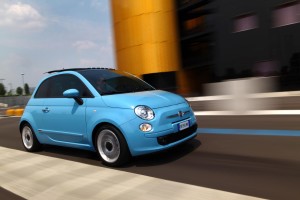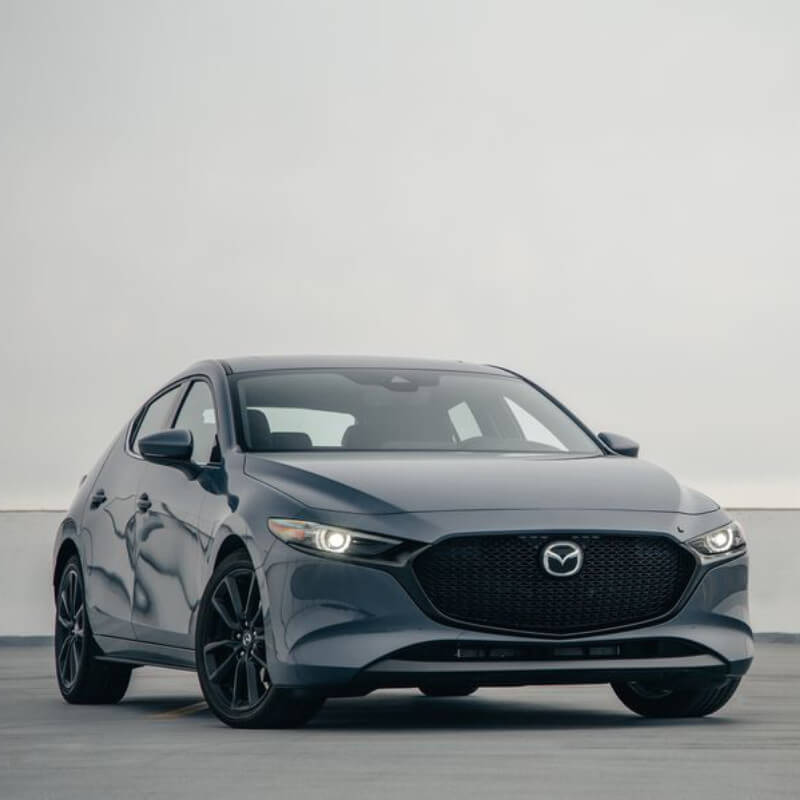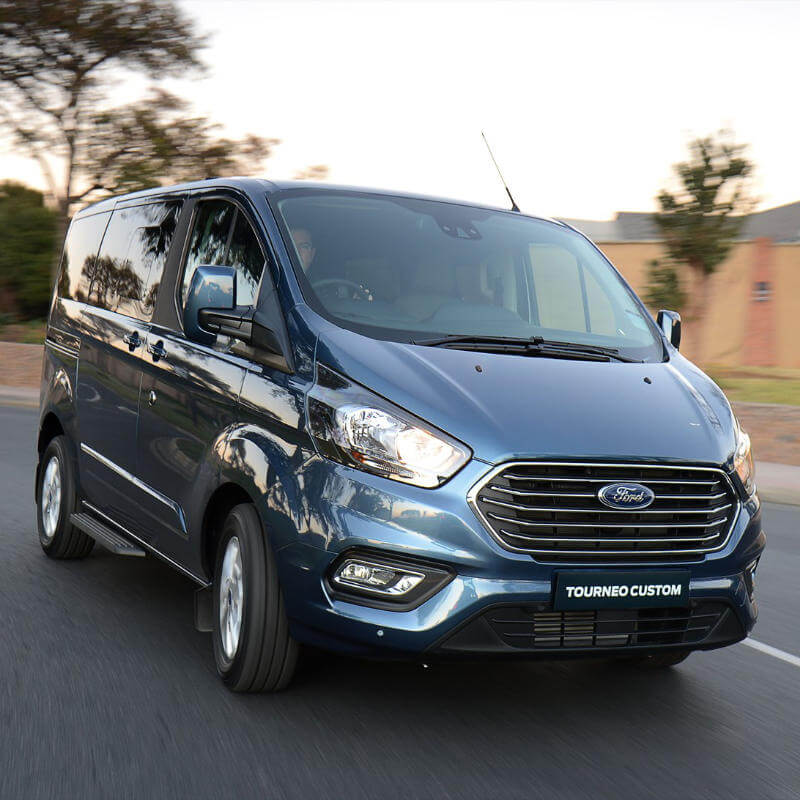Fiat is Europe’s most “environmentally friendly” brand
Of the ten best selling automotive brands in Europe, Fiat Automobiles registered the lowest average CO2 emissions on cars sold in the first half of 2010: 123.5 g/km (with respect to 2009, it has recorded a further improvement of 4.3 g/km).
The record was corroborated by JATO, a world leader in automotive advisory and research services, founded in 1984 and now operating in over 40 countries. The bottom line shows Fiat ahead of Toyota (128.0 g/km), Peugeot (132.3 g/km), Citroen (133.4 g/km), Renault (134.6 g/km), Ford (137.0 g/km), Opel/Vauxhall (141.0 g/km), Volkswagen (142.2 g/km), Audi (154.2 g/km) and BMW (154.5 g/km).
This important outcome is now joined by two other exceptional results recorded in the model and group rankings. Although it is true that all of the 20 best selling models in Europe reduced their emissions in the first half of 2010, no fewer than three Fiat vehicles are ranked in the first positions: the Fiat 500 is ranked first with an exceptional value of 116.0 g/km of CO2 (with respect to 2009, it has improved by 3.9 g/km), the Fiat Panda comes second (118.9 g/km) and the Fiat Punto is in fourth place (123.5 g/km).
Fiat Group Automobiles was also confirmed first among groups (126.2 g/km), increasing the distance with respect to Toyota (130.0 g/km), PSA (132.8 g/km), Renault (136.7 g/km) and Hyundai (138.3 g/km). This outstanding result is a real first for the category: Fiat is the only group that is already below the European average value of 130 g/km set for 2015. Among other things, it is worth remembering that nearly 60% of the new vehicles in Europe are now at a CO2 emission level equal to or lower than 140 g/km, which corresponds to a 6.7% improvement with respect to 2009, thus increasing the share in the low-emission car market (up to 120 g/km of CO2 emissions) by 5%.
Fiat’s commitment has always aimed at the real needs of the public but it doesn’t stop there. The ecological achievement is the result of a long-term strategy based on a two-pronged approach: implementing technological solutions aimed at containing consumption and emissions and raising the awareness of motorists to encourage a more responsible, eco-compatible use of their cars.
Firstly, unique, exclusive engines, such as the unprecedented TwinAir two-cylinder (63 kW / 85 HP) which debuted precisely on the Fiat 500 (hatch and cabrio). It should also be noted that the Fiat 500 TwinAir is equipped with the turbo petrol engine with the lowest average emission levels in the world: 92 g/km with Dualogic robotised gearbox and 95 g/km with manual gearbox. In this way, despite its small size (875 cmc), the new engine ensures excellent performance and an appreciable reduction in fuel consumption: compared with a 1.4 100 HP (75 kW), the 85 HP (63 kW) TwinAir records a torque increase of 25% at 2000 rpm despite a 30% decrease in fuel consumption. All this ensures greater driving satisfaction and reduced emissions.
Innovative solutions which are already available today include MultiAir technology for petrol engines: by implementing a new electro-hydraulic valve control system, combustion is optimal at all times, CO2 emissions are cut by 25% and power is increased by 10% at the same time. State-of-the-art technology is also implemented in the field of diesel engines, with second-generation 1.3 MultiJet engines delivering a power of up to 95 HP (71 kW). With 8 injections per cycle, the 1.3 MultiJet II improves low rpm torque delivery by up to 25% and cuts emissions by 6%.
A fundamental boost to obtaining this record certified by JATO has come from the extraordinary growth of methane, the most eco-friendly and cost-effective fuel available on the market today. A forward-thinking choice, made over ten years ago, has made Fiat the undisputed European leader in factory-fitted methane systems (OEM), as demonstrated by the nearly 400,000 units sold to date in the Natural Power range, a comprehensive range of dual fuel (methane/petrol) cars and commercial vehicles able to meet any mobility need.
Furthermore, Fiat has other innovative eco-tech solutions not strictly related to motor engineering, like the Start&Stop system, introduced on most models of the Euro 5 range, which temporarily stops the engine and starts it up again when the engine is idling and the car is stationary: this reduces average fuel consumption by up to 12% on the urban cycle.
The second approach of the Fiat environmental protection strategy consists in raising the awareness of motorists to promote an increasingly more responsible, eco-compatible use of their cars. These principles are implemented in eco:Drive, innovative software for analysing driving behaviour and helping motorists to optimise consumption and emissions by connecting through the USB port of the Blue&Me system. eco:Drive is the first and only system able to offer drivers authentic trip data and personal tips based on their driving style.
Since it was launched in Europe in October 2008, the application has been downloaded (free of charge from www.fiat.com/ecodrive) approximately 140,000 times and is habitually used by nearly 50,000 motorists. This is remarkable success in terms of popularity and above all a success for the environment, considering that the eco:Ville community has saved in total nearly 3,000 tons of CO2. With eco:Drive, Fiat therefore set out to think not only of its own products but also of its own users by encouraging them to help reduce automotive transport-related emissions.
eco:Drive is currently available on a wide range of Fiat cars in Europe (500, 500C, Grande Punto, Punto Evo, Bravo, Croma, Qubo, New Doblò) and Fiat Professional commercial vehicles (Grande Punto Van, Punto Evo Van, Fiorino, Nuovo Doblò and Ducato). Specific functions are also available to evaluate savings associated with the use of Fiat eco-technologies (Start&Stop system and methane) as well as a dedicated fleet version (eco:Drive Fleet) that allows companies and fleet managers to control CO2 emissions and costs.
From a South African perspective, the eco-friendly Fiat 500 and Panda ranges kitted with petrol engines (1.2 and 1.4 litres) are available locally. Worthy of mention is the fact that the 500 1.2 produces just 119 g/km – this is below the emissions tax threshold of 120 g/km. The new TwinAir engine is likely to make its South African debut in the Fiat 500 during the second half of 2011.
On the Alfa Romeo front in SA, the award-winning 1.4-litre turbocharged MultiAir powerplants are fitted to the MiTo Progression and MiTo Quadrofoglio Verde respectively. The 100 kW Progression produces just 129 g/km whilst the performance-ripping 125 kW Quadrofoglio Verde version isn’t too shabby either with CO2 emissions of just 139 g/km. Both these MultiAir models come standard with the Start&Stop system.










I’m pretty sure that one of Fiat’s cars is actually exempt from the congestion charge in London.
I’m guessing we’ve got a way to go before they can get the CO2 output to such a low level from their commercial vehicles but it seems they’re doing better than most.